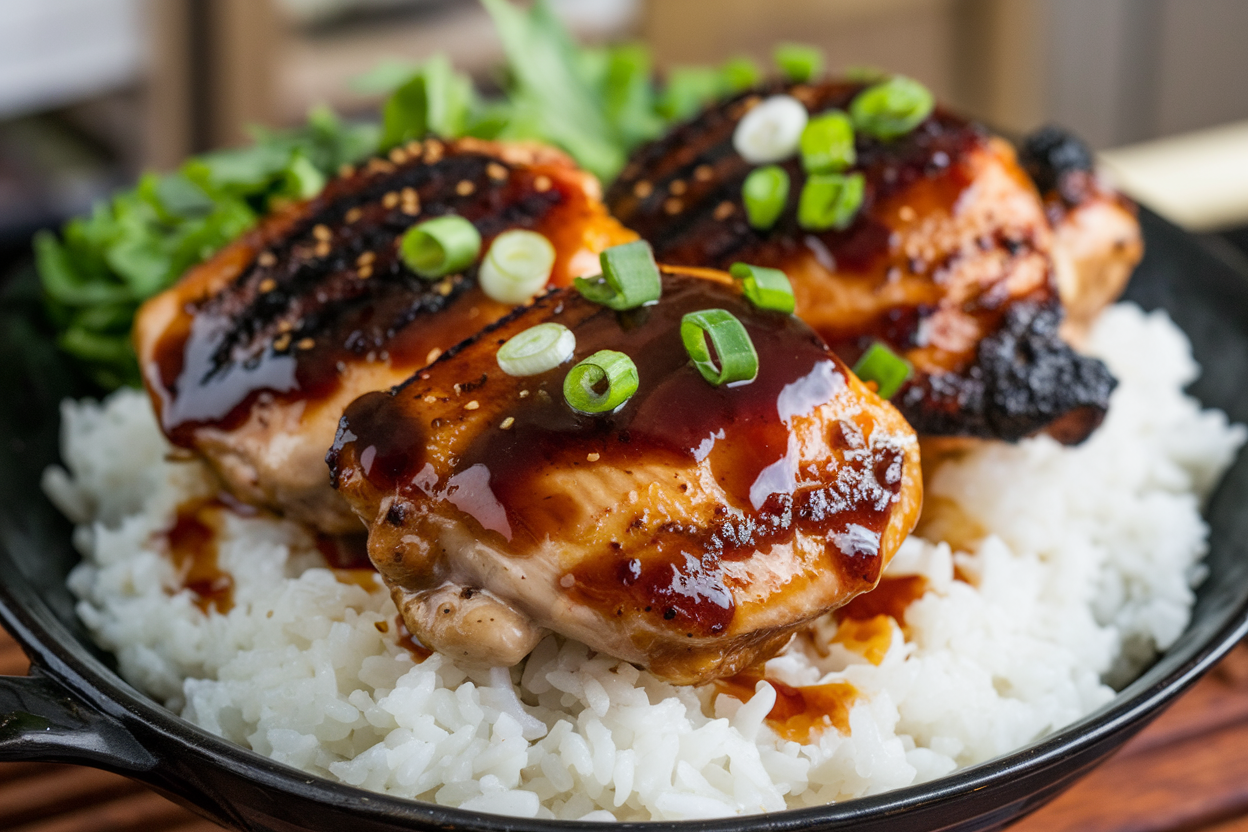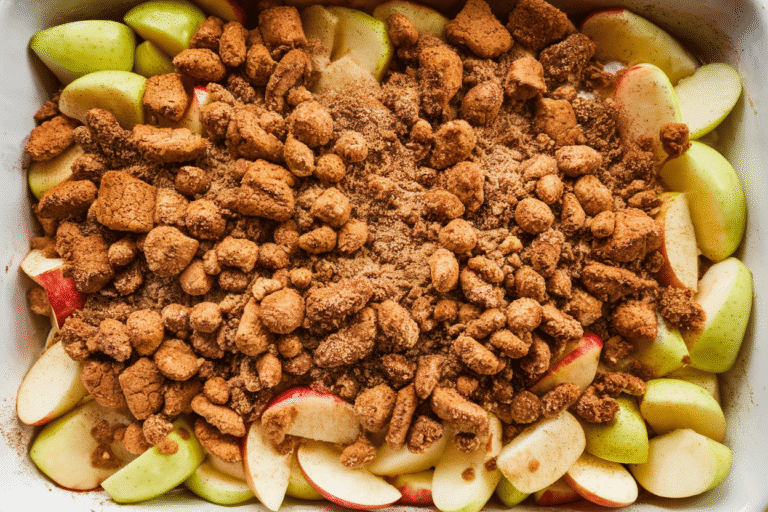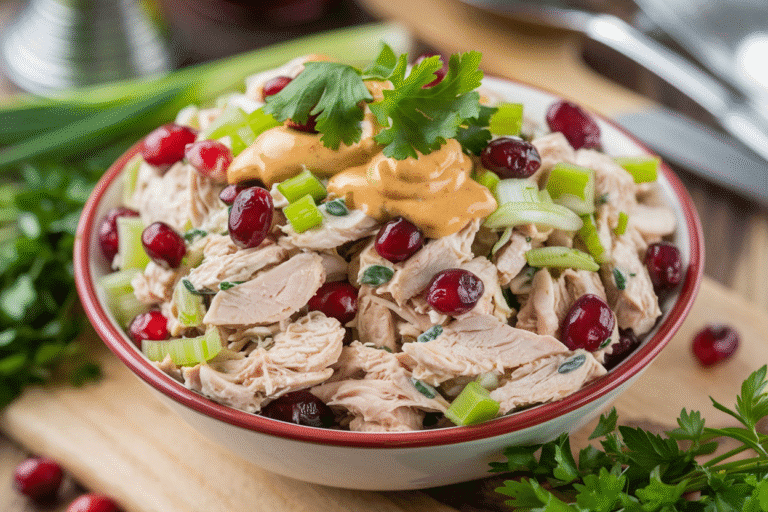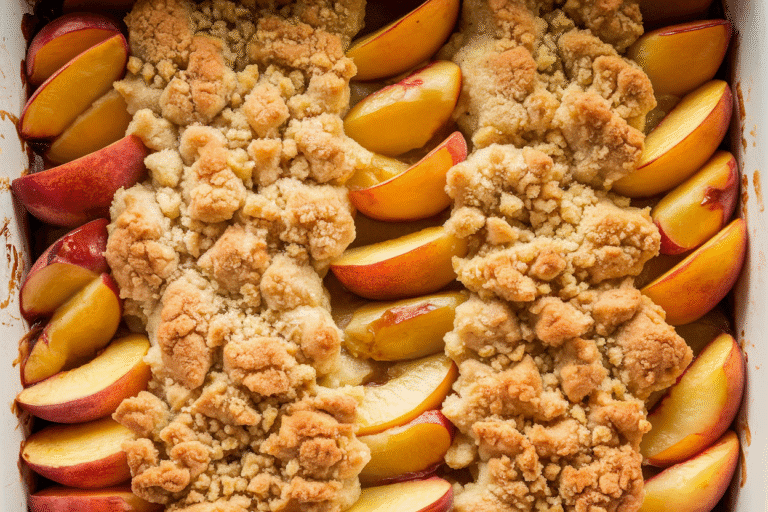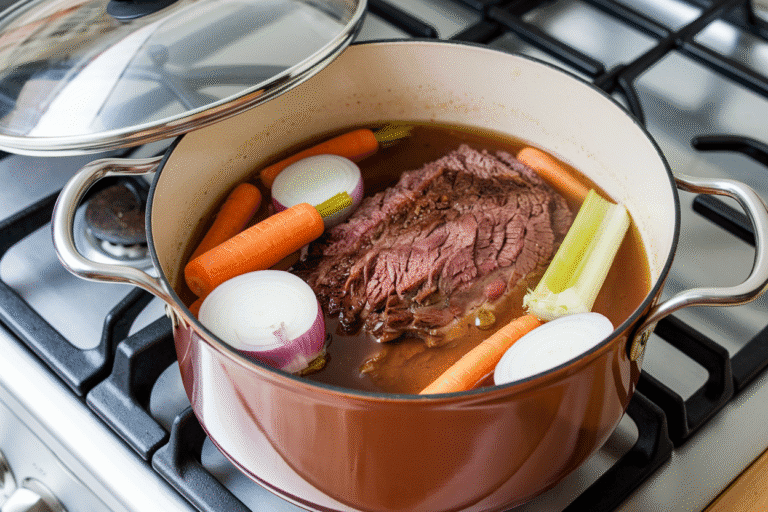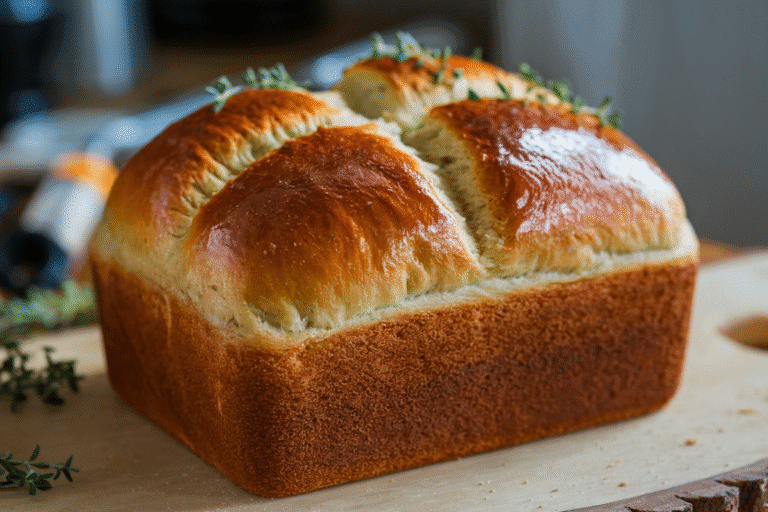Shoyu Chicken Recipe Hawaii: The Island-Style Weeknight Legend You’ll Crave on Repeat
You don’t need a plane ticket to taste “ono” island comfort food—just one pot and a few pantry staples. This shoyu chicken recipe Hawaii locals swear by turns humble chicken into glossy, savory-sweet magic that basically tastes like a hug. It’s fast, it’s foolproof, and it feeds a crowd without drama.
Think teriyaki’s cooler cousin who actually shows up for dinner on time. Make it once and you’ll wonder why you’ve been stressing over complicated meals.
The Secret Behind This Recipe
Shoyu chicken is simple by design: a braise that leans on soy sauce (shoyu), sugar, garlic, and ginger. The secret isn’t one mystical ingredient—it’s balance and technique.
The sauce should be salty-sweet with a hit of umami and a whisper of spice, reduced to a glossy finish that clings to every bite. Two tricks separate “good” from “wow.” First, use bone-in, skin-on thighs for superior flavor and tenderness. Second, simmer gently—don’t boil—so the collagen melts and the sauce reduces without turning harsh.
A splash of mirin or pineapple juice adds depth; finishing with green onions and sesame seeds brings that iconic plate-lunch vibe.
Ingredients Breakdown
- Chicken thighs (bone-in, skin-on), 2–3 lbs: The classic cut for juicy, forgiving results.
- Shoyu (soy sauce), 1 cup: Preferably Japanese-style; low-sodium if you’re salt-sensitive.
- Brown sugar, 1/2 cup: Caramel notes beat white sugar; adjust to taste.
- Water or chicken broth, 1 cup: Thins the sauce for a proper braise.
- Garlic, 6 cloves, smashed: Aromatic backbone, no shortcuts here.
- Fresh ginger, 2–3 inches, sliced: Bright heat and fragrance.
- Mirin, 2 tbsp (optional): Gentle sweetness and shine.
- Rice vinegar, 1–2 tsp (optional): Balances the sweetness.
- Crushed red pepper or chili flakes, 1/2–1 tsp: Minimal heat, major character.
- Green onions, 4, sliced: Fresh finish and color.
- Toasted sesame seeds, 1 tbsp: Nutty crunch for the finale.
- Cornstarch, 1–2 tsp + 2 tsp water (optional): Slurry to thicken sauce, if desired.
- Neutral oil, 1 tbsp: Light sear insurance (optional).
- Steamed rice + mac salad (for serving): The plate-lunch dream team.
Instructions
- Prep the chicken: Pat thighs dry and trim excess skin. Dry chicken browns better and helps the sauce cling.
- Optional sear: Heat a large pot or Dutch oven over medium-high, add oil, and sear thighs skin-side down for 3–4 minutes. You’re not cooking through—just building flavor.
- Build the braising liquid: In the pot, add shoyu, brown sugar, water/broth, garlic, ginger, mirin, vinegar, and chili flakes.
Stir to dissolve sugar.
- Nestle the chicken: Arrange thighs in a single layer, skin-side up. Liquid should come 2/3 up the sides; add a splash of water if needed.
- Gentle simmer: Bring to a simmer over medium heat. Reduce to low, cover slightly ajar, and cook 25–30 minutes, turning once halfway.
The aroma? Ridiculous.
- Reduce and glaze: Remove the lid and simmer 10–15 minutes to reduce. Spoon sauce over the chicken as it thickens.
- Optional thickening: If you want a glossy, restaurant-style coat, stir in a cornstarch slurry and simmer 1–2 minutes until saucy and clingy.
- Finish: Sprinkle green onions and sesame seeds.
Taste the sauce and adjust: more vinegar for brightness, a pinch of sugar if it’s too salty, or a splash of water if overly intense.
- Serve: Plate with steamed rice and mac salad, or add a side of garlicky sautéed greens if you’re “that person.” No judgment.
Storage Tips
- Fridge: Store cooled chicken and sauce in an airtight container for up to 4 days. It tastes even better on day two—science and patience working together.
- Freezer: Freeze in sauce for up to 2 months. Thaw overnight in the fridge to protect texture.
- Reheat: Warm gently on the stovetop over low heat.
Add a splash of water to loosen the sauce and prevent scorching.
- Meal prep tip: Debone after cooking, slice, and pack over rice with extra sauce. FYI, it’s elite lunchbox material.
Health Benefits
- Protein-rich: Chicken thighs provide complete protein for muscle repair and satiety.
- Collagen and minerals: Bone-in cooking releases gelatin and trace minerals into the sauce—hello, body-friendly comfort.
- Ginger and garlic perks: Antioxidants and digestion support, plus flavor that does heavy lifting without extra calories.
- Customizable sodium and sugar: Use low-sodium shoyu and dial back the sugar to fit your goals without sacrificing flavor.
- Balanced plate-friendly: Pair with rice and veggies for a satisfying macro spread—soul food that’s also practical.
Avoid These Mistakes
- Boiling the chicken: A hard boil toughens meat and turns the sauce harsh. Gentle simmer = tender and glossy.
- Skipping aromatics: No ginger and garlic?
You’ll get flat, salty chicken. Don’t do that to yourself.
- Over-reducing: If the sauce gets syrupy too fast, add water and lower the heat. Burnt sugar equals instant regret.
- Wrong cut of chicken: Boneless breasts dry out.
If using them (why?), reduce cook time and watch closely.
- Not tasting and adjusting: Your soy, sugar, and broth vary. Taste before serving and tweak like a pro.
Mix It Up
- Pineapple twist: Swap 1/2 cup water for pineapple juice for a tangy, island-forward note.
- Spicy upgrade: Add gochujang or a splash of chili oil for heat that slaps (in a good way).
- Coconut finish: Stir in 1/4 cup coconut milk at the end for a silky, tropical vibe.
- Veggie booster: Toss in bok choy, carrots, or snap peas during the last 8 minutes. One pot, done.
- Grill-glaze hybrid: Par-braise, then finish chicken on a hot grill, basting with reduced sauce for smoky edges.
- Swap the base: Use tamari for gluten-free, or mushroom soy for deeper umami.
IMO, low-sodium shoyu gives max control.
FAQ
Can I use chicken drumsticks or wings?
Yes. Drumsticks work like thighs with a similar cook time. Wings cook faster—start checking at 20–25 minutes and reduce the sauce separately if needed.
How do I prevent the sauce from getting too salty?
Use low-sodium shoyu, add water/broth to adjust, and balance with a touch of brown sugar and a teaspoon of rice vinegar.
Remember to reduce gently, not aggressively.
Do I have to sear the chicken first?
No, but searing adds depth and better texture. If you skip it, the dish is still delicious—just make sure to simmer long enough for the flavors to meld.
Can I make this in an Instant Pot?
Yes. Combine sauce and chicken, pressure cook on high for 10 minutes (thighs), quick release, then simmer on Sauté to reduce the sauce.
Add slurry if you want it thicker.
What should I serve with shoyu chicken?
Classic plate-lunch sides: steamed short-grain rice and Hawaiian-style mac salad. For a lighter combo, try rice plus cucumber salad or sautéed greens.
Is there a way to make it less sweet?
Cut the brown sugar to 1/3 cup and add a bit more ginger and vinegar. You’ll keep complexity without the heavier sweetness.
Can I make it ahead?
Absolutely.
Flavor improves overnight. Reheat gently on the stovetop with a splash of water and finish with fresh green onions.
In Conclusion
Shoyu chicken is the weeknight flex that tastes like you worked way harder than you did. With a few staples and the right simmer, you get tender, umami-rich chicken bathed in a glossy sauce that begs for rice.
Keep the technique gentle, taste as you go, and don’t be afraid to tweak. Next time someone asks for your “secret recipe,” you can just smile—and maybe send them a plate.
